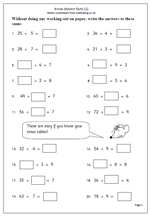Understanding factors and multiples is something many children fail to grasp. Here we have a page on factors and how to find all the factors of a number. The process is fairly straightforward, but can be quite time consuming. A good knowledge of tables and division is also needed. So if children’s knowledge of tables is weak, if they find division difficult and if they have little staying power then it is unlikely that they will enjoy trying to find factors of numbers!
One point that even brighter children take a while to understand is that you only need to continue to divide up to when the number squared is larger than the original number eg to find the factors of 62 you only need to divide 62 by numbers up to 7 because eight eights are 64. It is a good idea to spend some time explaining and showing the logic of this to children.
This can be found in our Year 6 Understanding Number section.

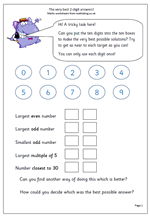

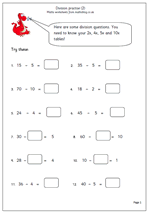
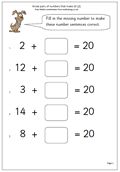
 Welcome to a new term and plenty of new maths material coming up over the next few months.
Welcome to a new term and plenty of new maths material coming up over the next few months.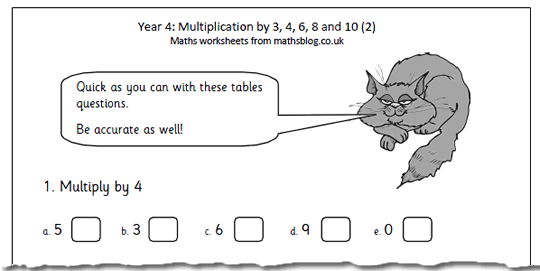
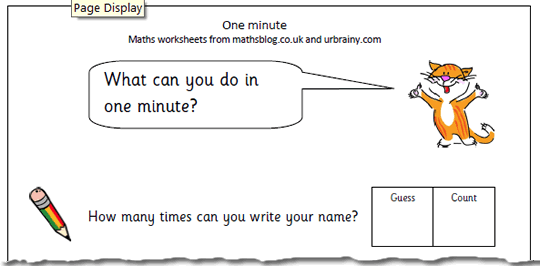
 Below are two pages of maths problems written in words. They are known as ‘single step operations’ as only one mathematical process is necessary to solve them. Children find word problems very difficult, but the one step type are much, much easier than the two step.
Below are two pages of maths problems written in words. They are known as ‘single step operations’ as only one mathematical process is necessary to solve them. Children find word problems very difficult, but the one step type are much, much easier than the two step. Children need to be able to read and understand problems written in prose that include elements of real life, either at home or at school. They need to be able to see what processes are necessary to solve it and then lay out their answer clearly, giving some explanation. If they have had plenty of practice at writing their own number stories in earlier years they will now find these much easier.
Children need to be able to read and understand problems written in prose that include elements of real life, either at home or at school. They need to be able to see what processes are necessary to solve it and then lay out their answer clearly, giving some explanation. If they have had plenty of practice at writing their own number stories in earlier years they will now find these much easier.